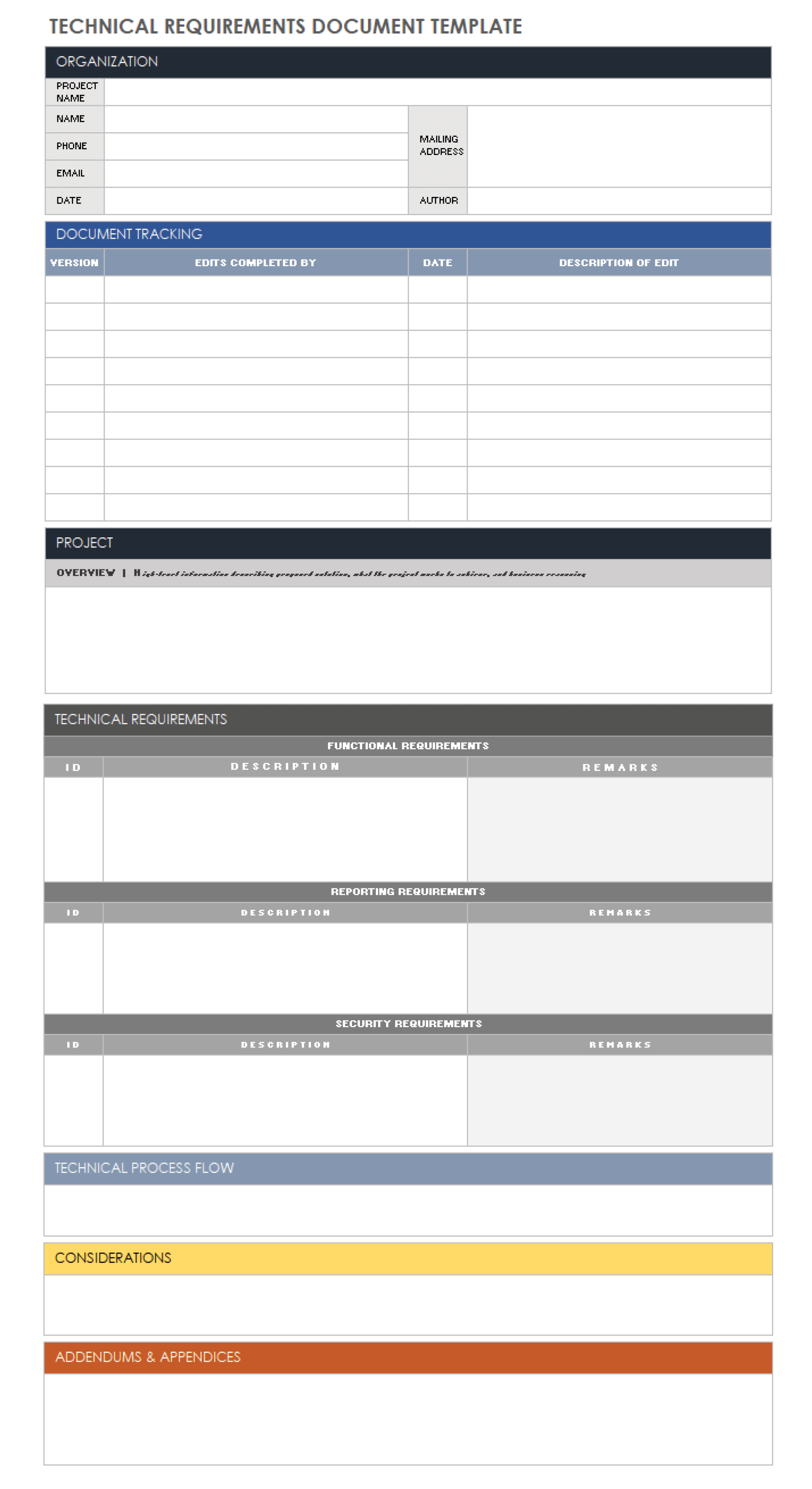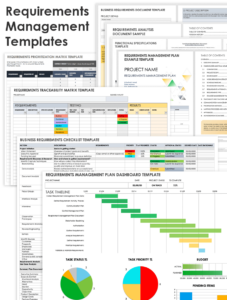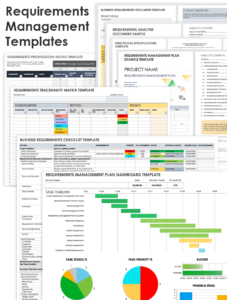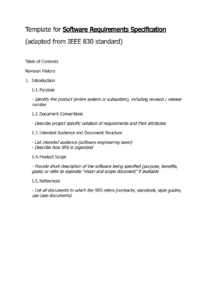Effective requirements gathering is a critical step in software development projects. It ensures that the developed system aligns with the needs and expectations of stakeholders. Using a structured template can streamline this process, ensuring thorough and accurate documentation of requirements.

Importance of a Requirements Gathering Template
A well-structured template for requirements gathering offers numerous benefits. It provides a common framework for stakeholders to express their needs, ensuring consistency and alignment among team members. Additionally, templates help organize requirements, prioritize them, and establish traceability throughout the development process. By utilizing a template, project teams can significantly improve communication, reduce ambiguity, and minimize the risk of missing critical requirements.
Furthermore, templates enhance efficiency and save time. They eliminate the need for creating and formatting requirements from scratch, allowing teams to focus on gathering and analyzing information. With a standard structure, teams can quickly identify gaps, conflicts, and dependencies within the requirements, leading to more efficient and effective project planning.
Steps for Using a Requirements Gathering Template
Effectively utilizing a template for requirements gathering involves following a structured process. Begin by identifying the project stakeholders, including end-users, developers, testers, and business analysts. Engage stakeholders in workshops or interviews to gather their inputs, perspectives, and expectations.
Next, categorize requirements into functional and non-functional requirements. Functional requirements define the specific actions and tasks the system should perform, while non-functional requirements address broader aspects such as performance, security, and usability. Break down requirements into smaller, manageable units to facilitate understanding and analysis.
Elements of a Requirements Gathering Template
A comprehensive requirements gathering template should include essential elements to effectively capture project requirements. These elements may vary depending on the specific project and industry, but generally include the following:
1. Requirement ID: A unique identifier for each requirement for easy referencing and tracking.
2. Requirement Description: A concise statement of the requirement, clearly outlining its purpose and scope.
3. Stakeholders: Identification of stakeholders who are impacted by or responsible for the requirement.
4. Priority: Categorization of the requirement based on its importance and urgency.
5. Dependencies: Identification of other requirements that must be met before the current requirement can be fulfilled.
6. Acceptance Criteria: Definition of specific conditions that must be met to consider the requirement satisfied.
These elements provide a structured approach to documenting and managing requirements, fostering collaboration among stakeholders and ensuring project success.
Benefits of Using a Requirements Gathering Template
Utilizing a template for requirements gathering offers several tangible benefits that enhance project outcomes. By leveraging a standardized structure, teams can ensure a comprehensive and consistent approach to requirements elicitation, analysis, and documentation. This reduces errors, omissions, and misunderstandings, leading to improved project quality and reduced rework.
Furthermore, a template promotes early involvement and collaboration among stakeholders, fostering a shared understanding of project goals and objectives. It facilitates effective communication, aligns expectations, and reduces the risk of conflicts or misunderstandings later in the development process. By standardizing the requirements gathering process, teams can significantly improve project efficiency and save time, allowing them to focus on innovation and delivering value.
Conclusion
A template for requirements gathering is an indispensable tool for ensuring successful software development projects. By providing a structured framework for capturing and documenting stakeholder needs, teams can improve communication, reduce ambiguity, and eliminate the risk of missing critical requirements. The use of a template promotes efficiency, enhances stakeholder collaboration, and leads to higher-quality project outcomes.
Investing time in developing and utilizing a robust requirements gathering template is a worthwhile endeavor that pays dividends throughout the project lifecycle. It lays a solid foundation for successful software development by ensuring that the system meets the intended needs and expectations of all stakeholders.


